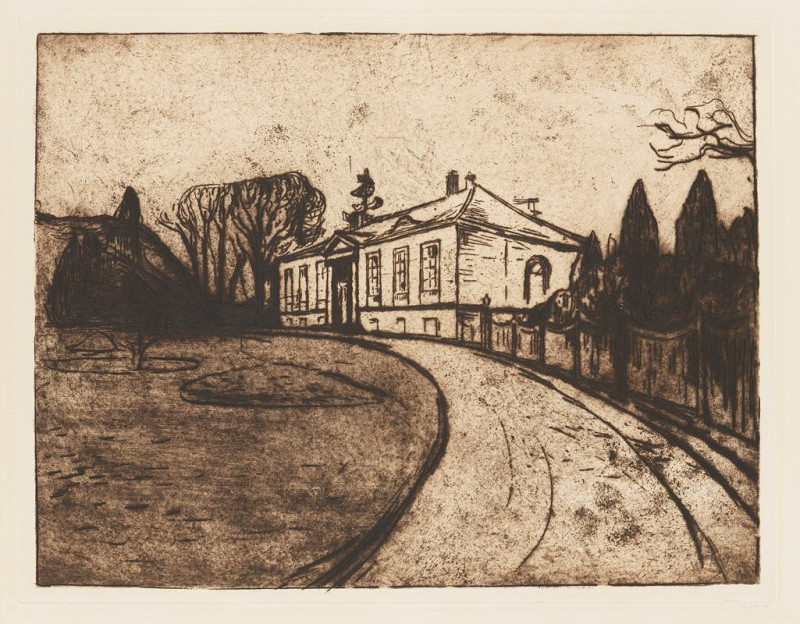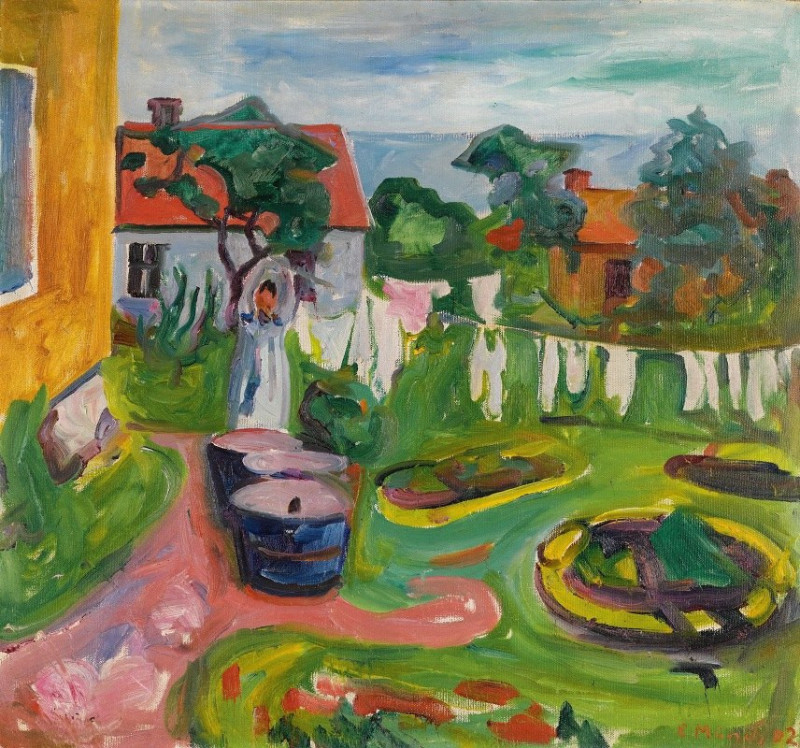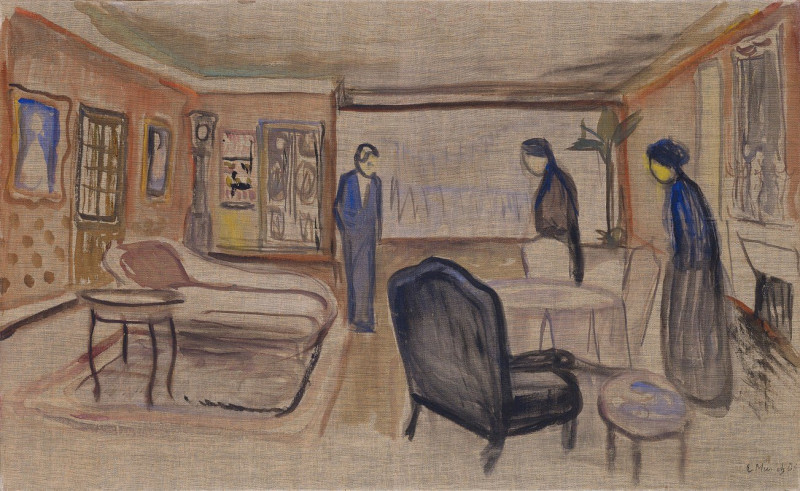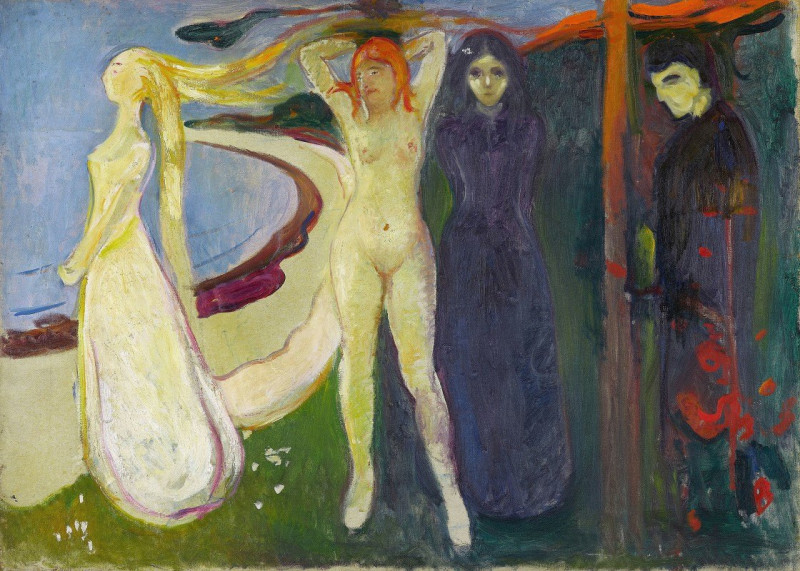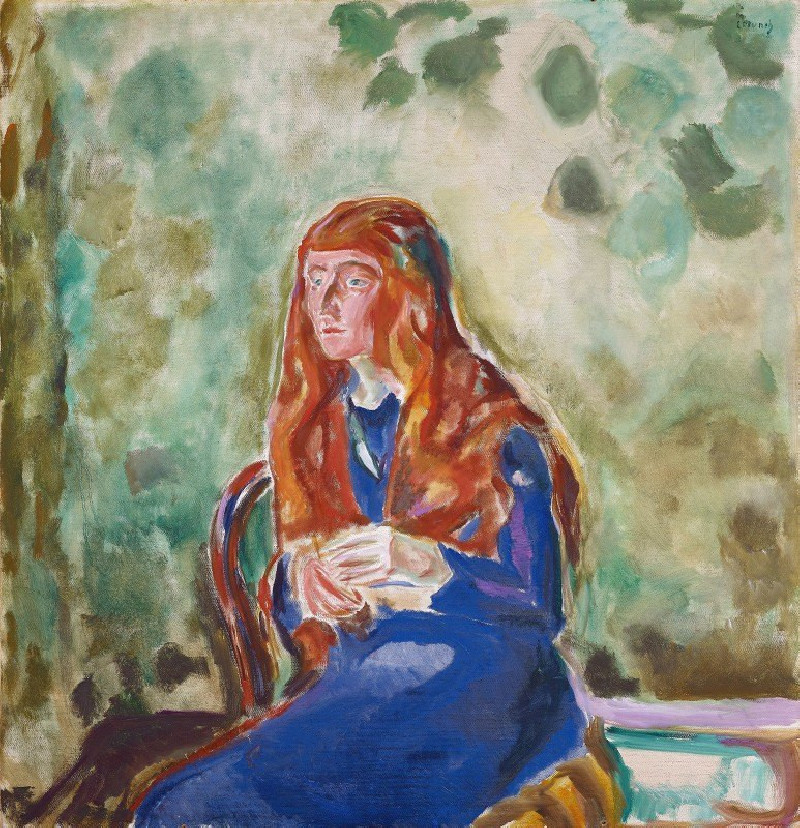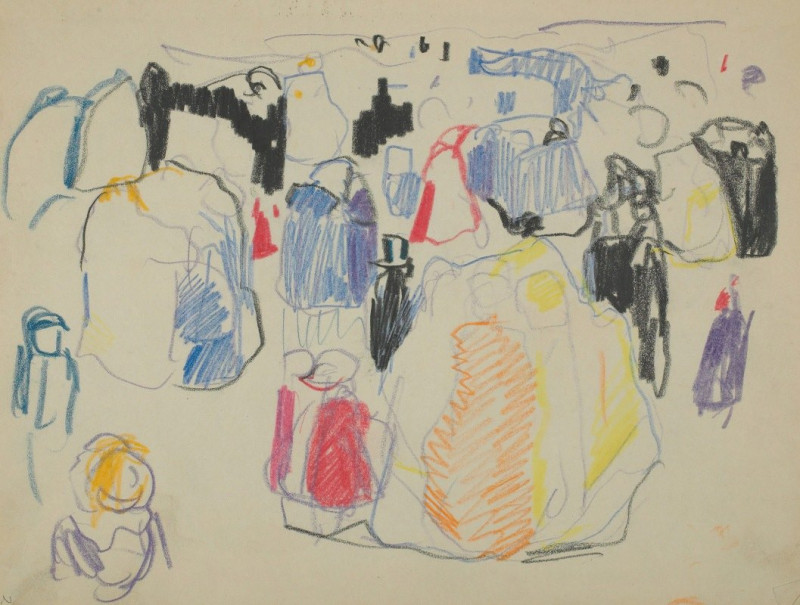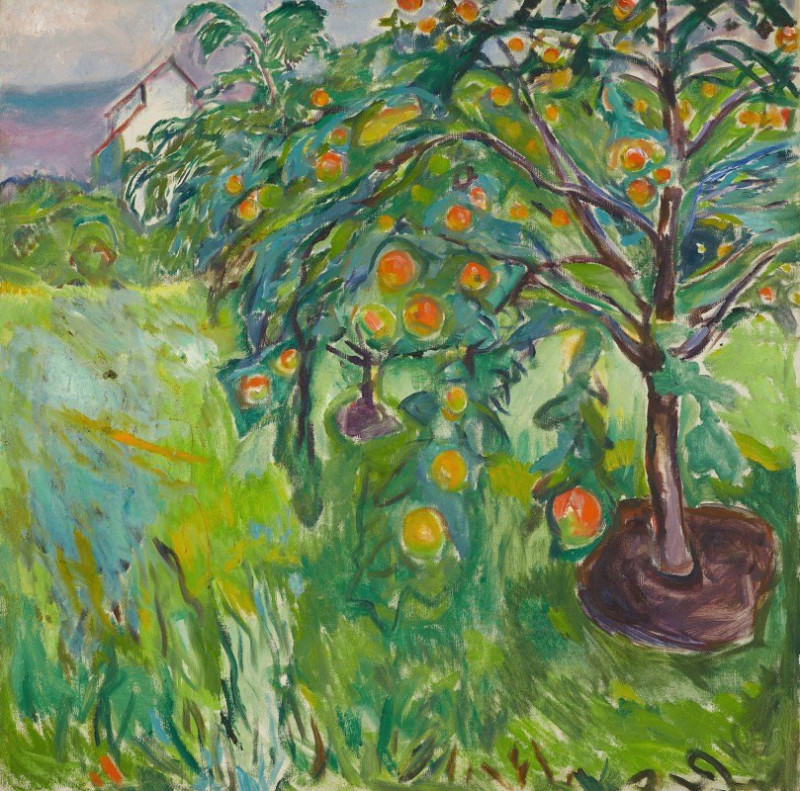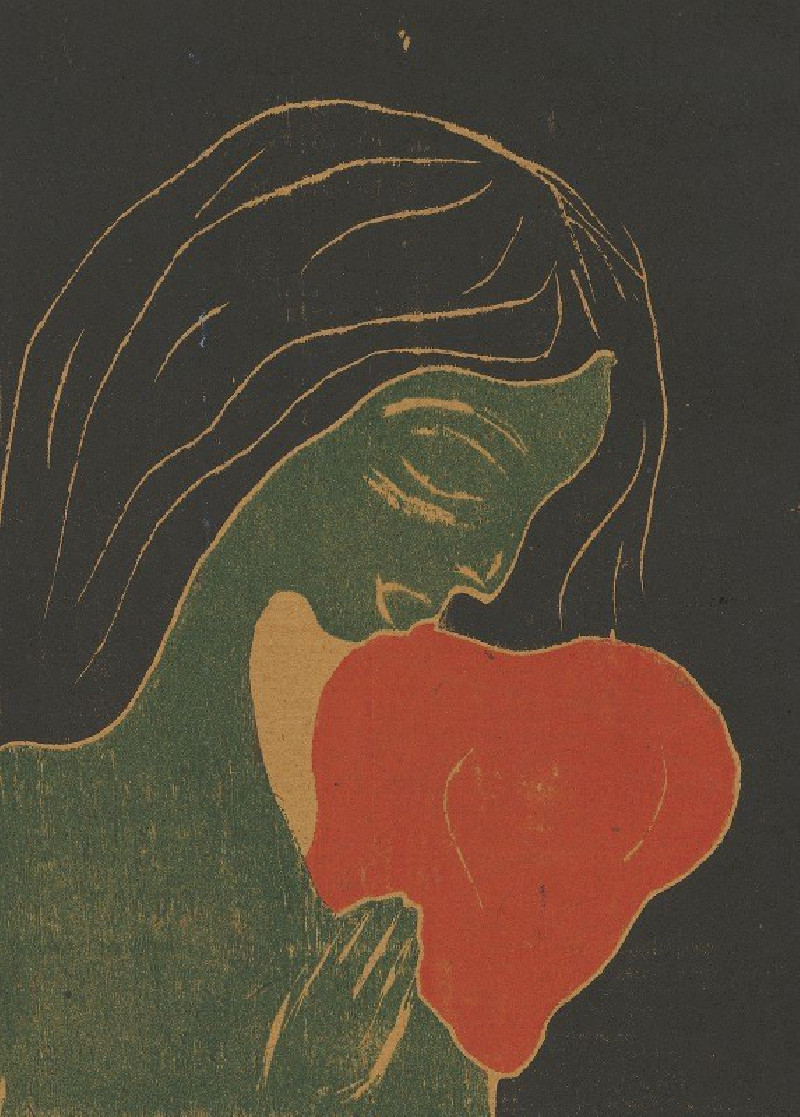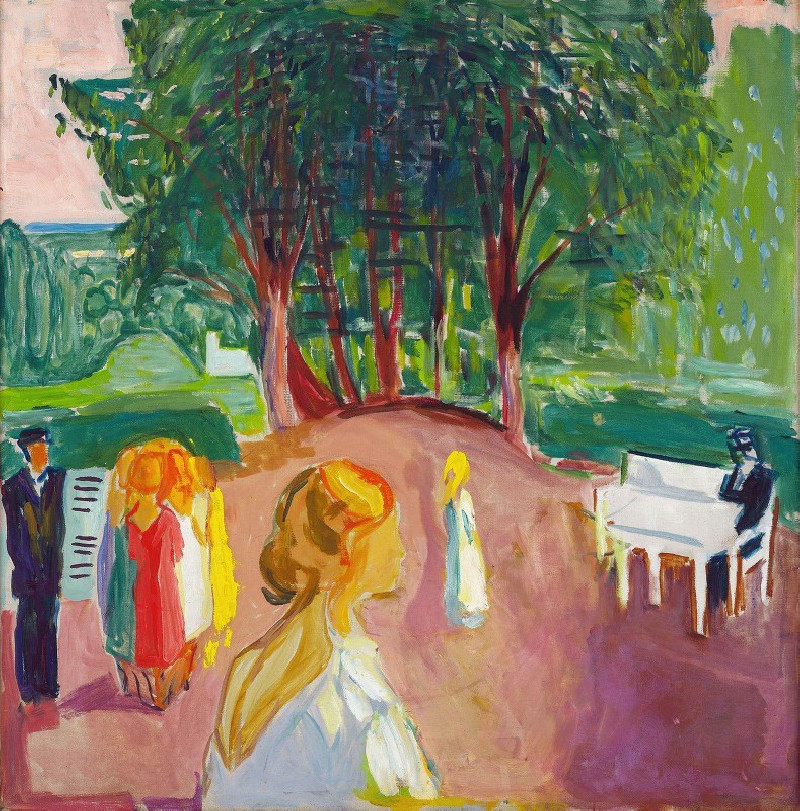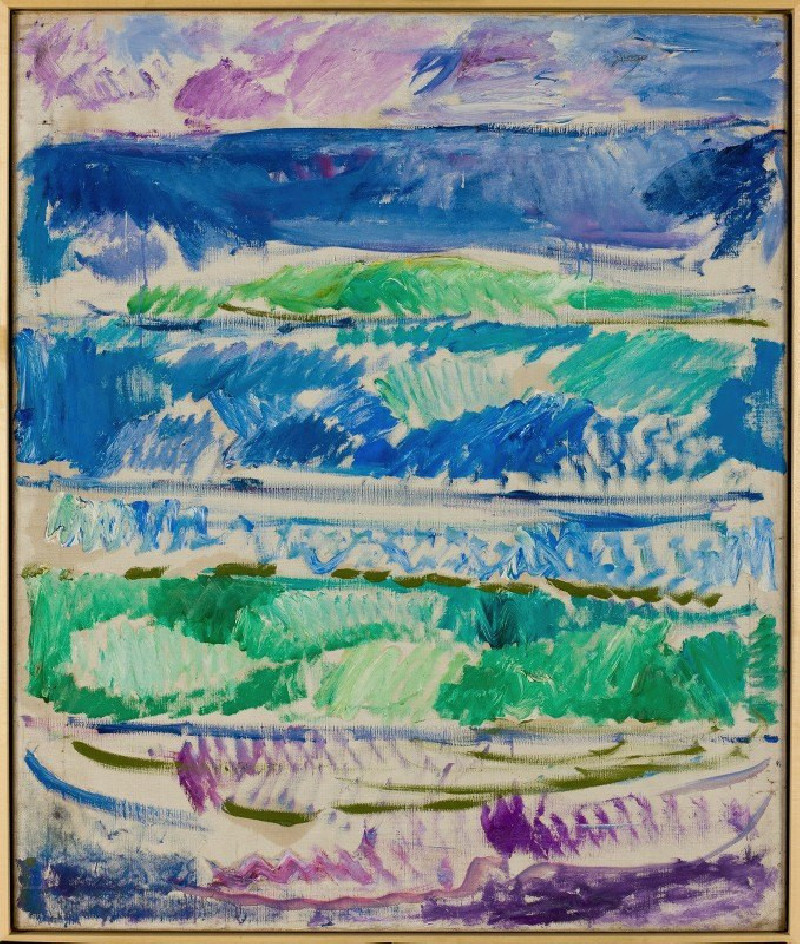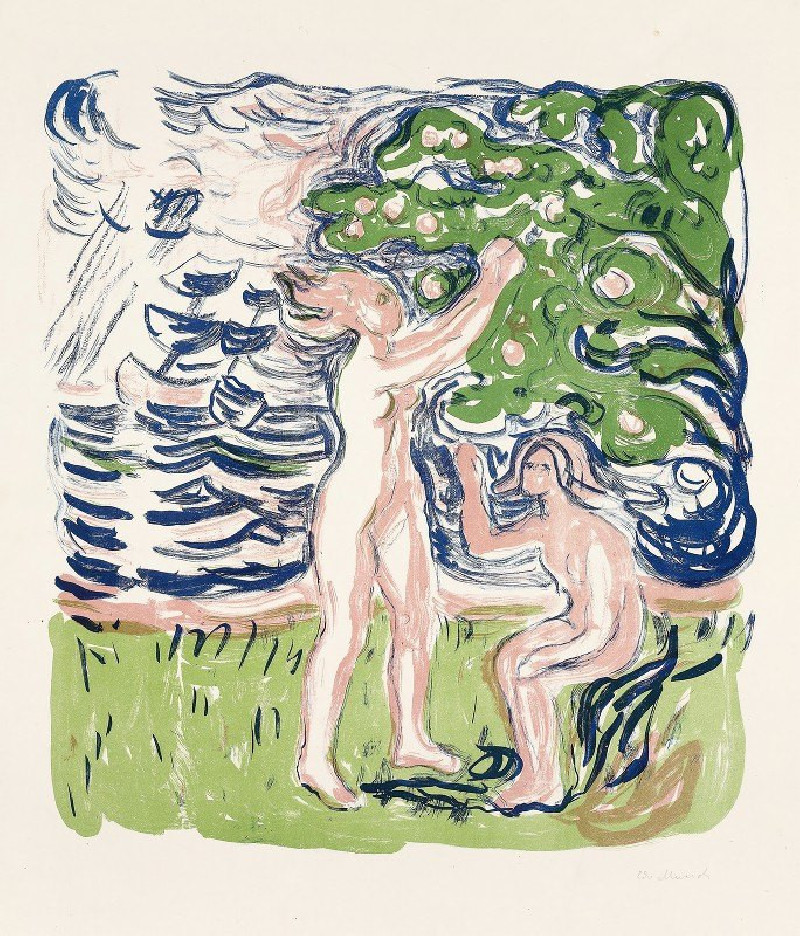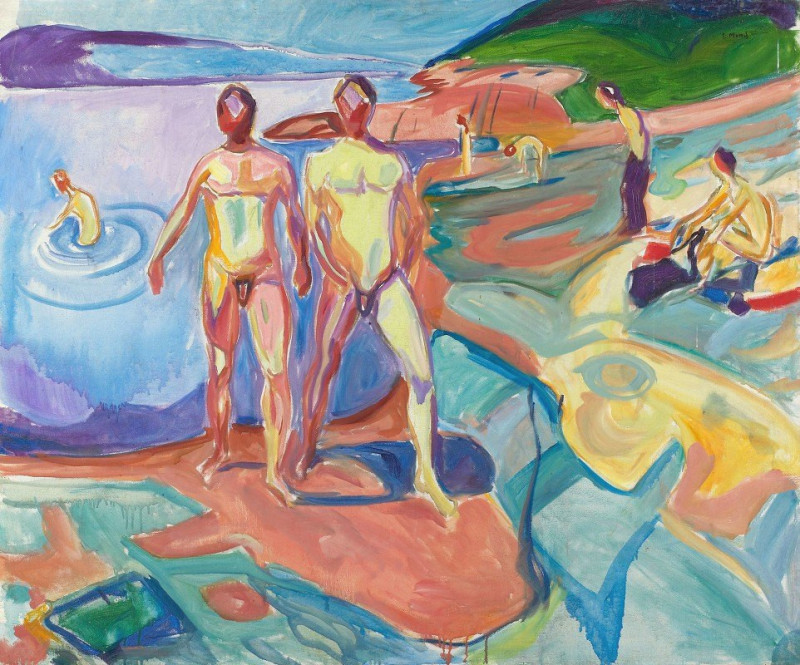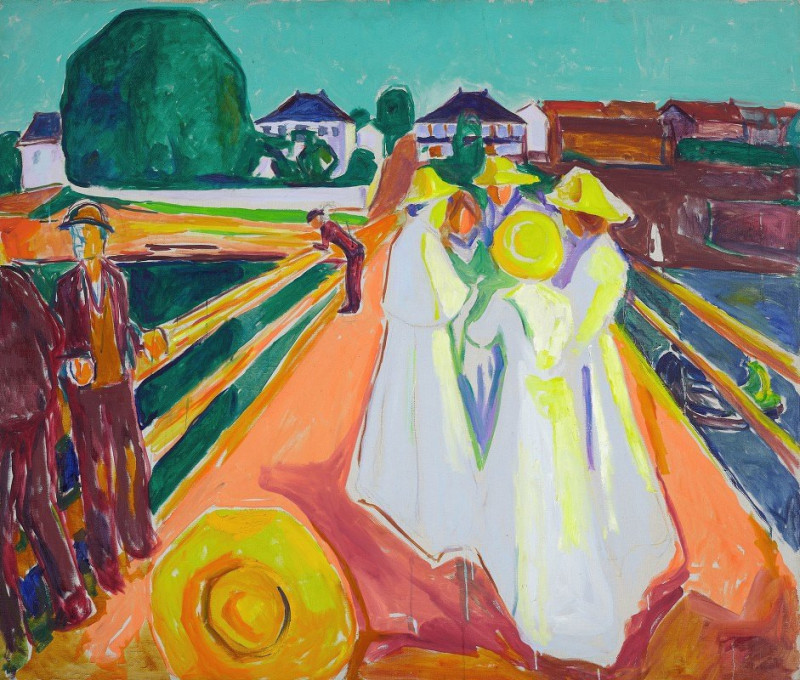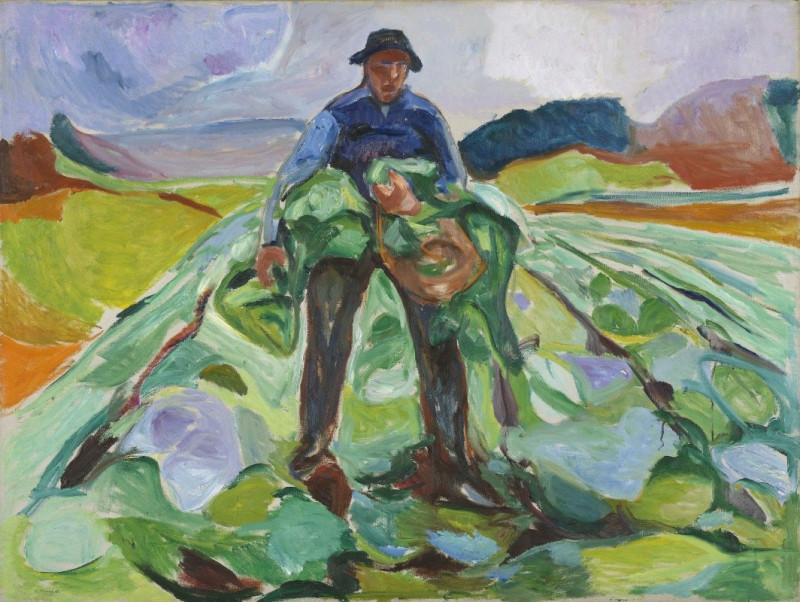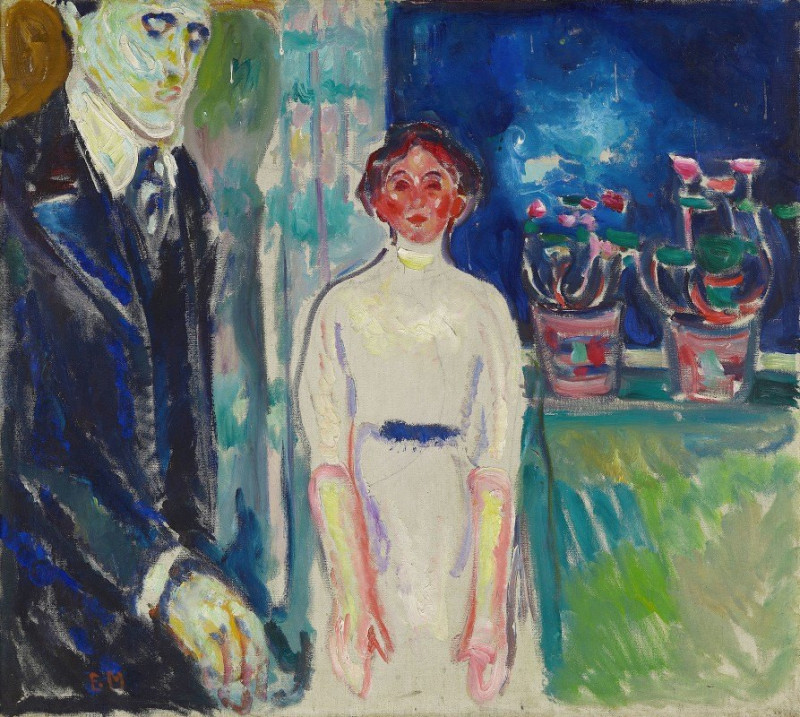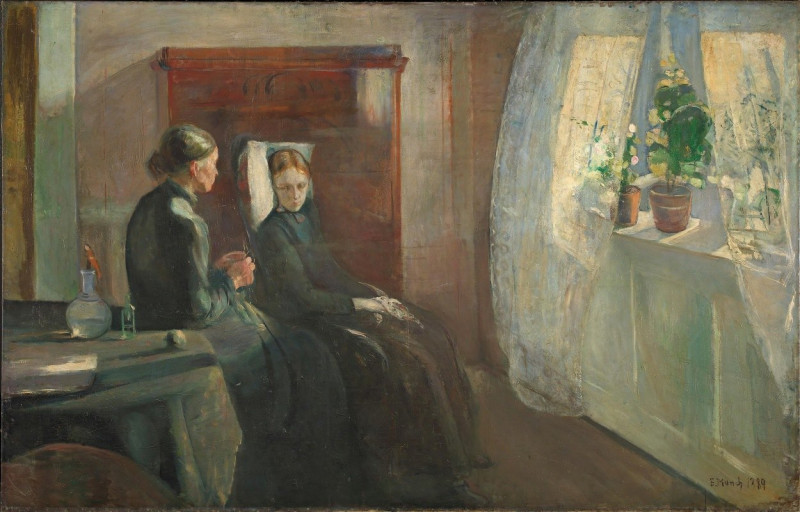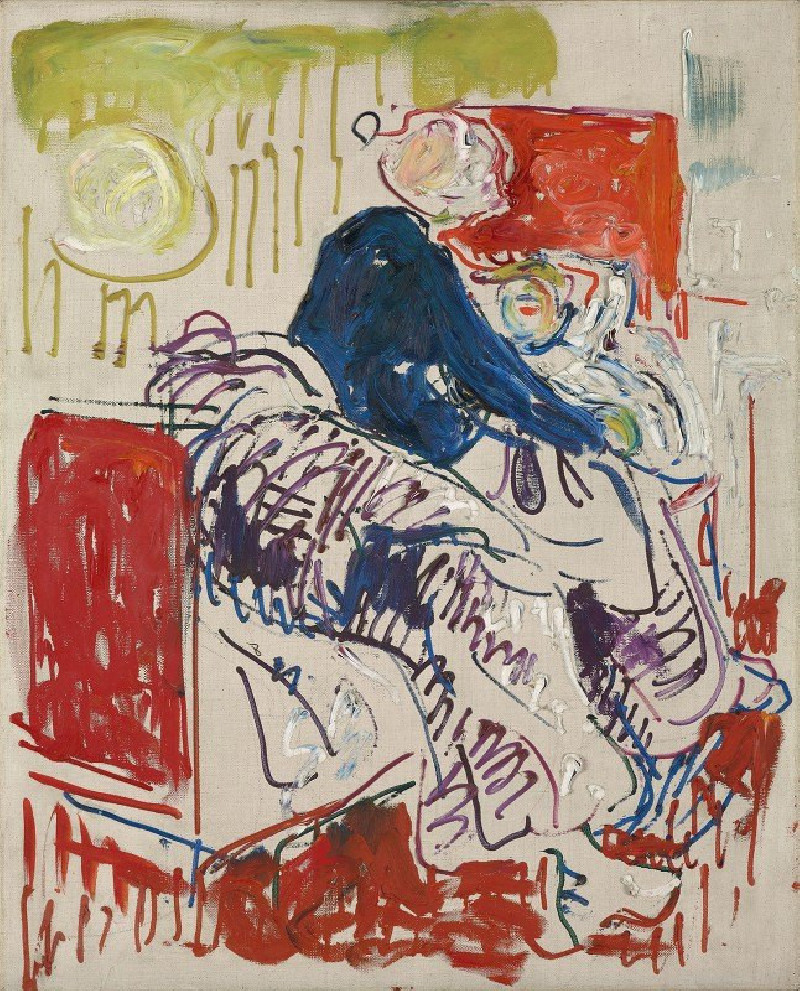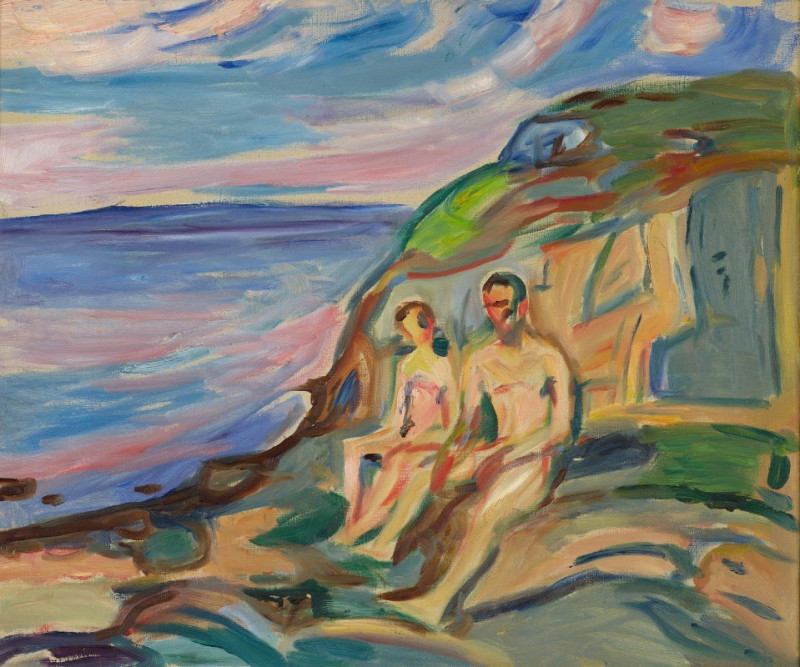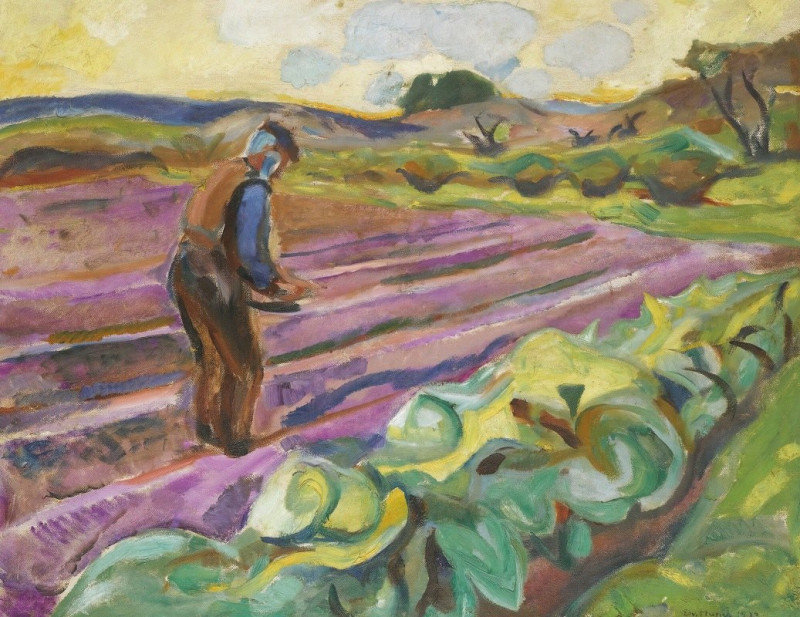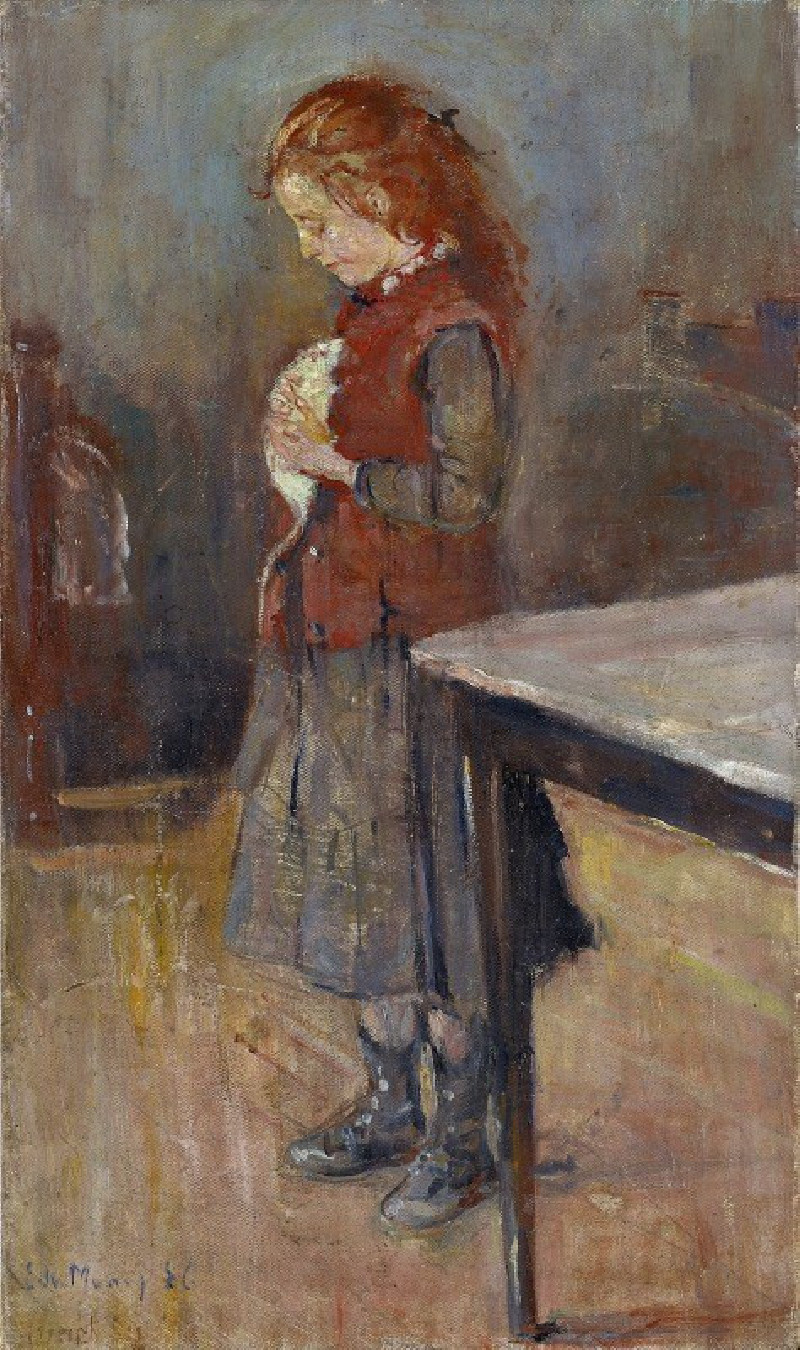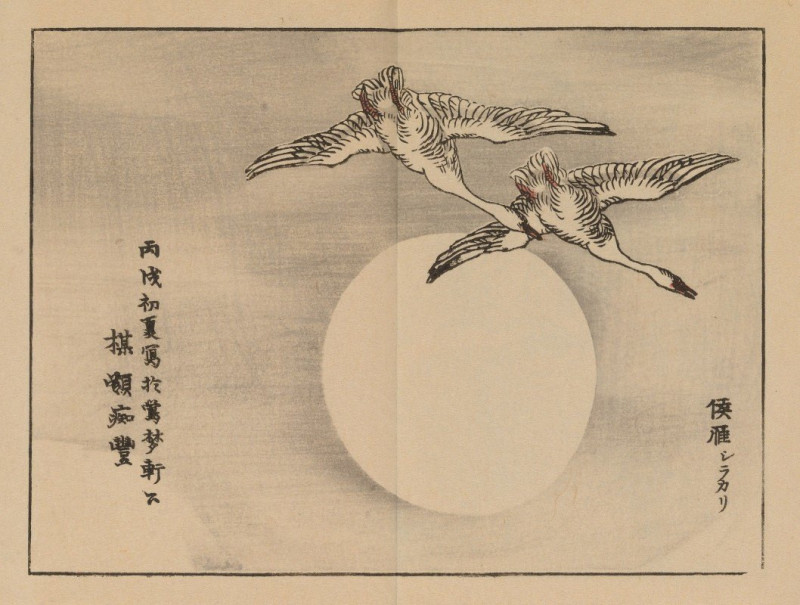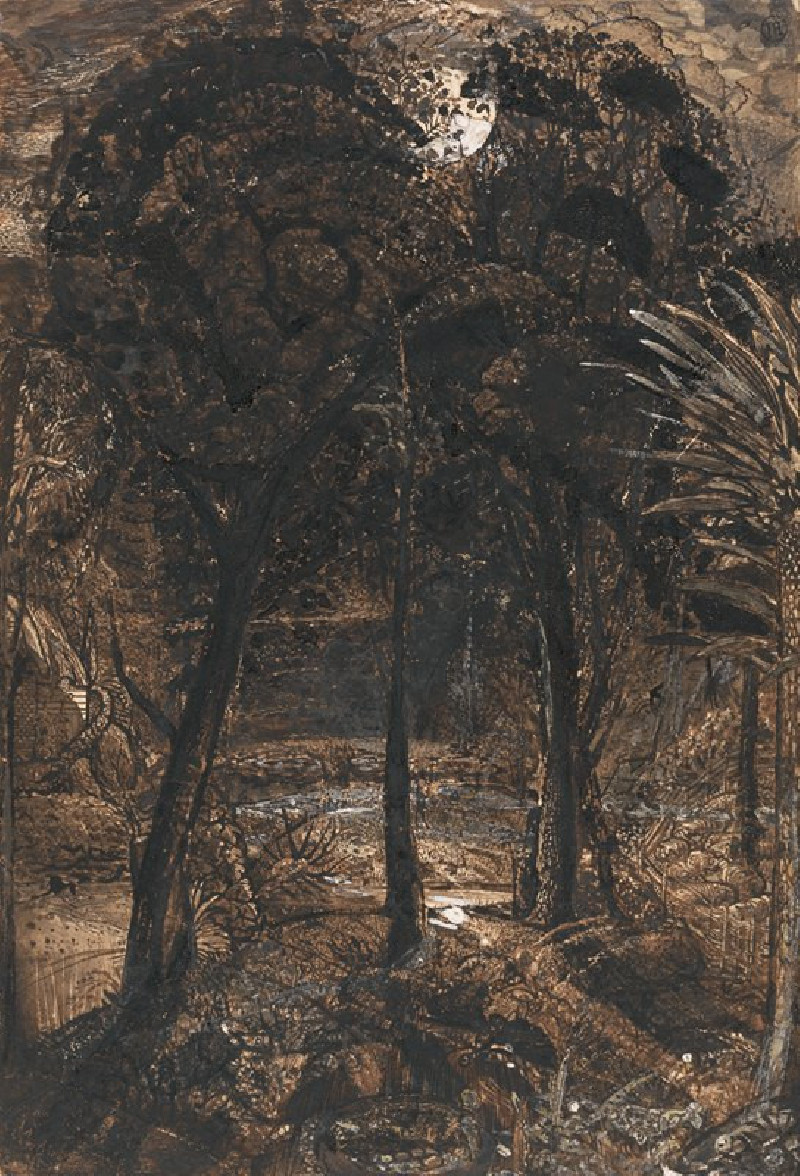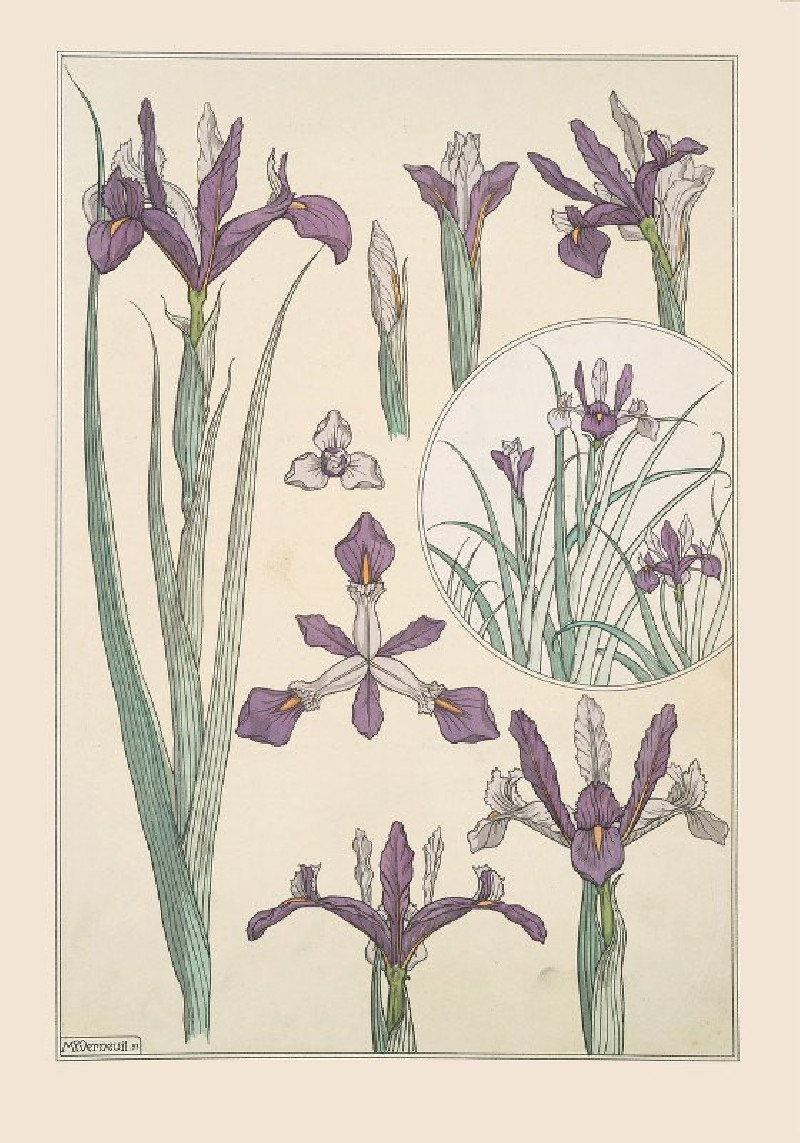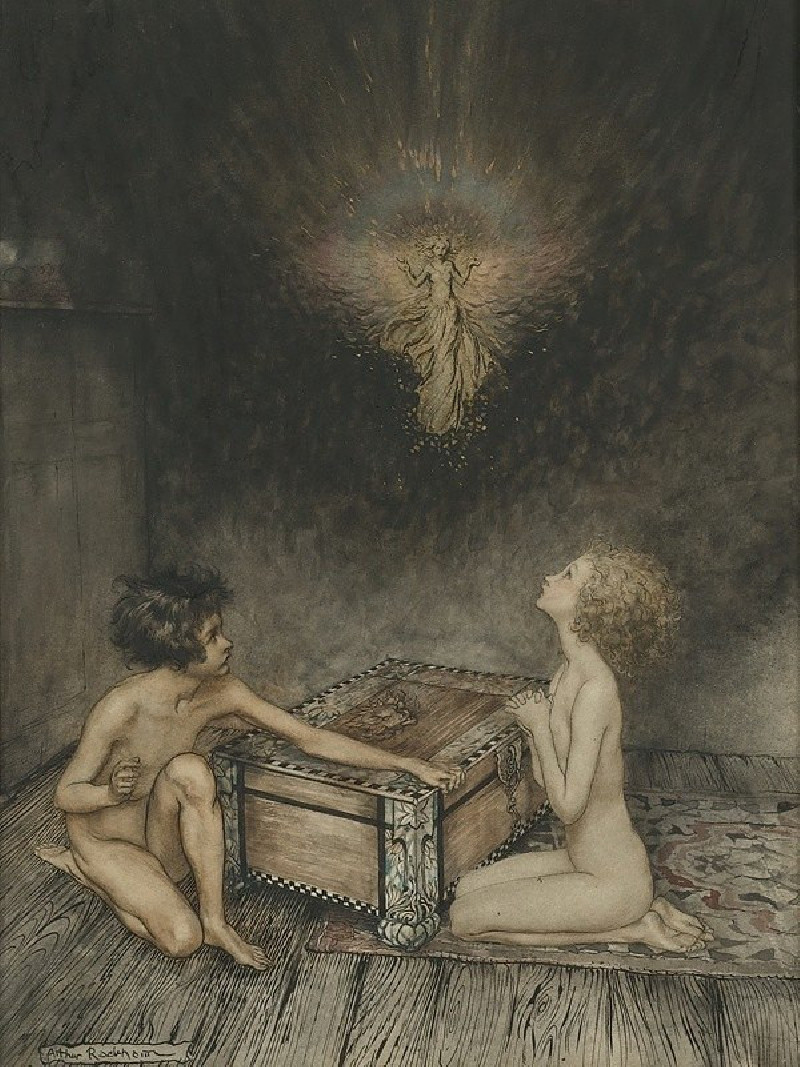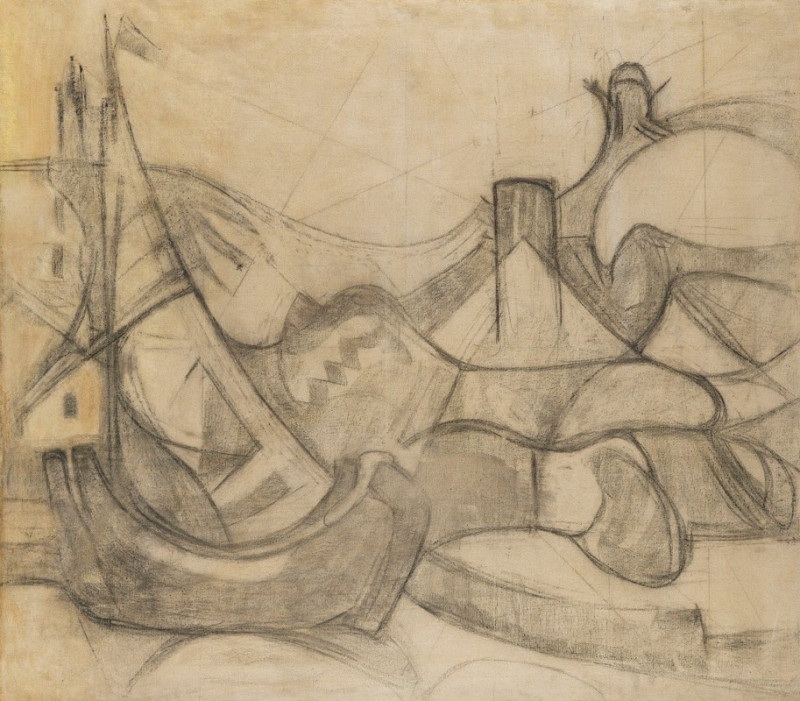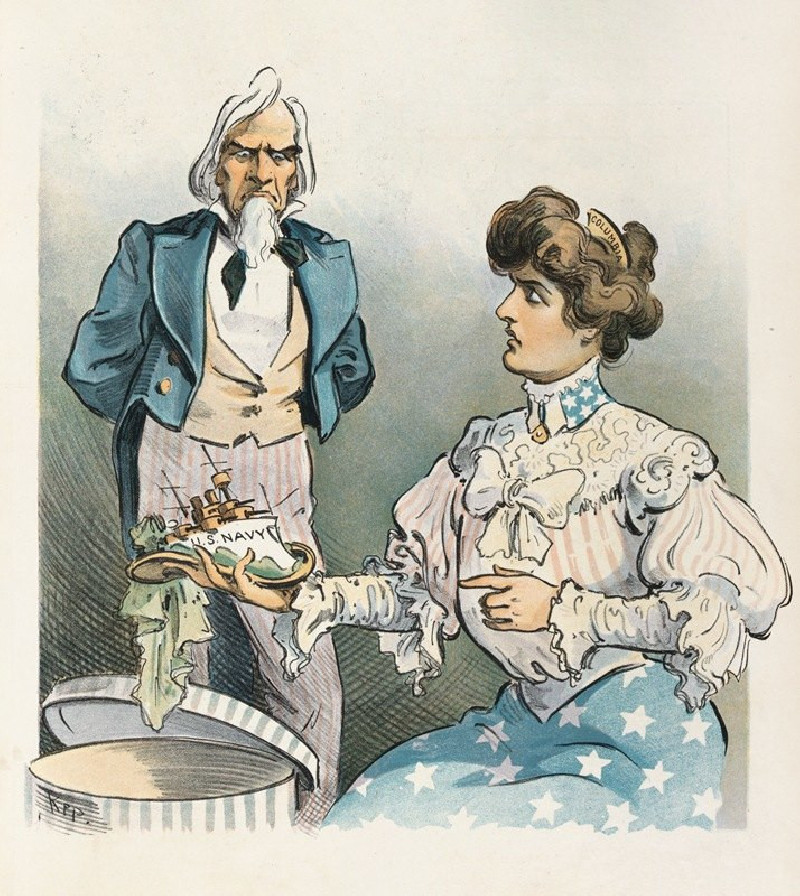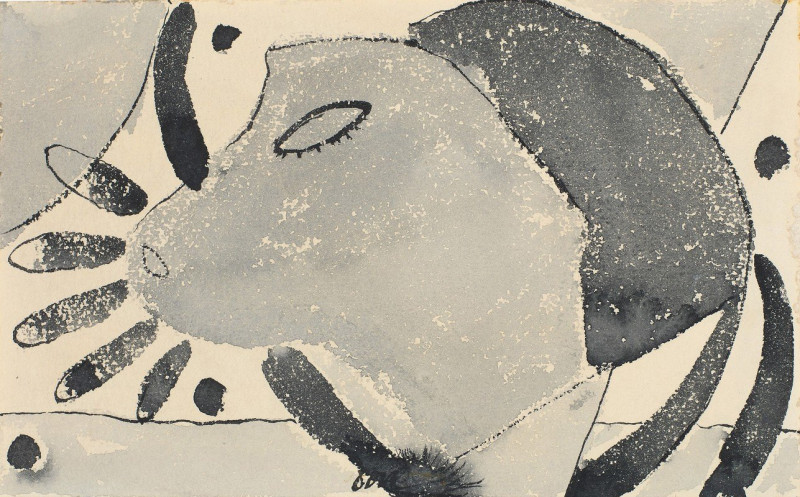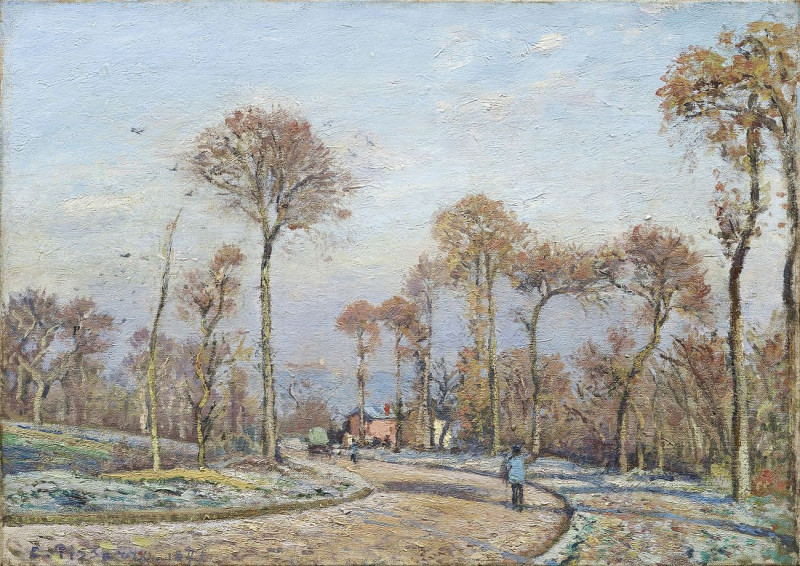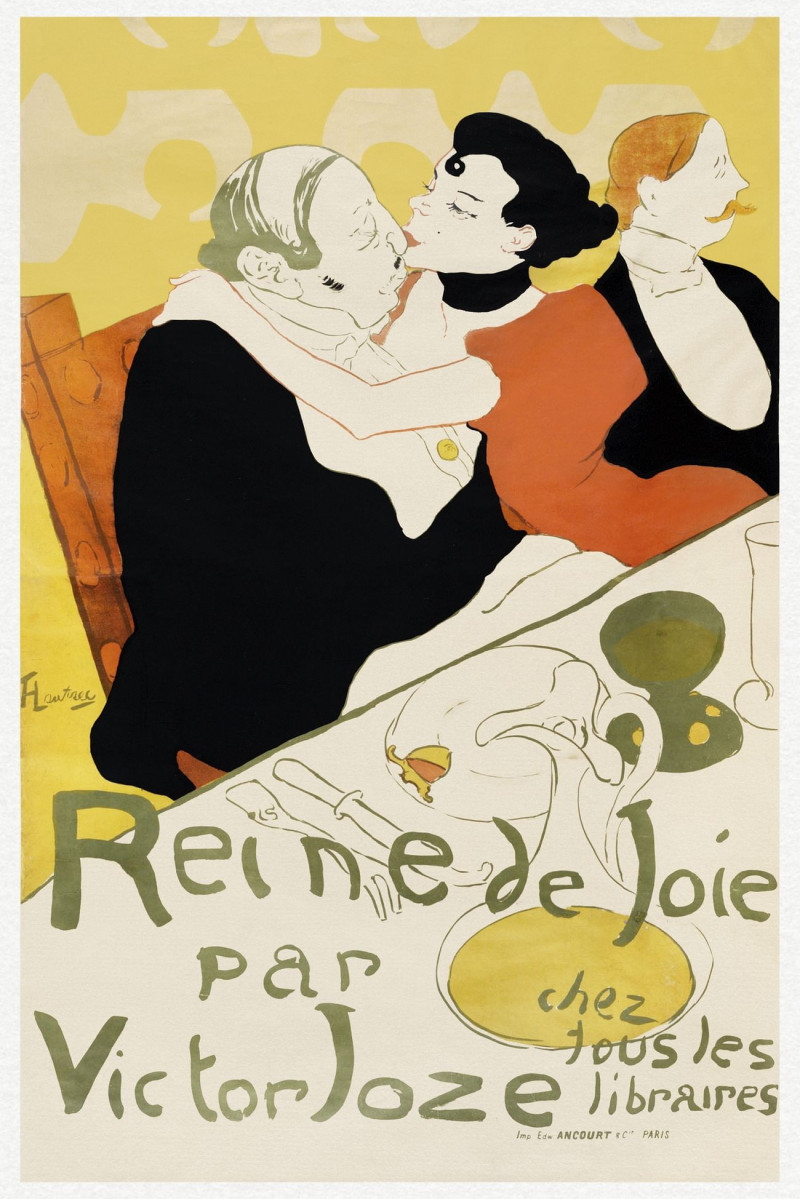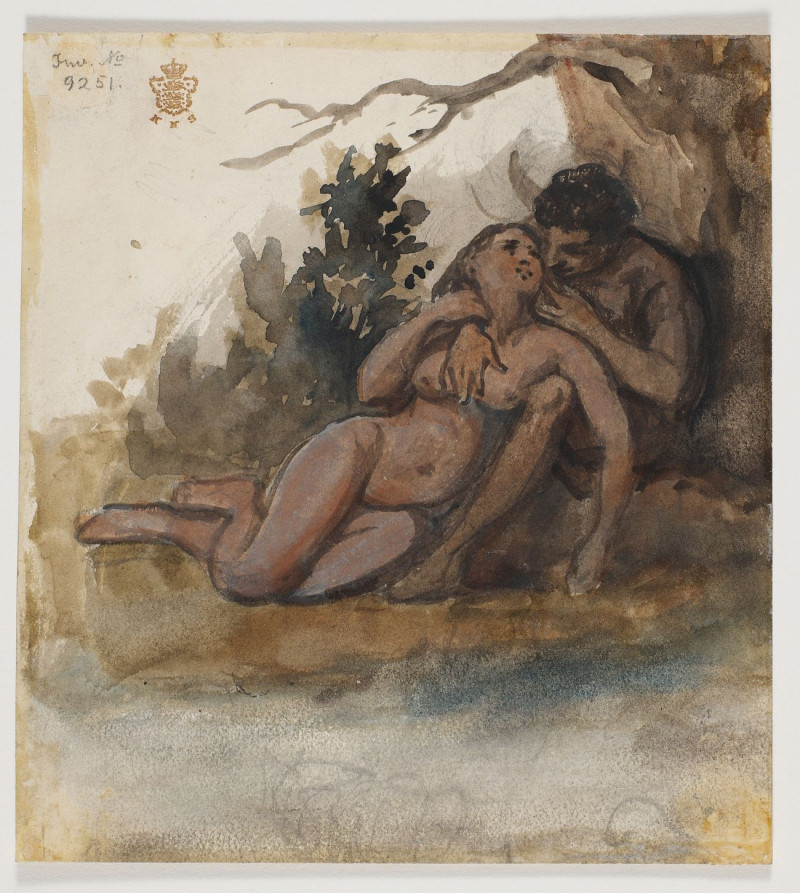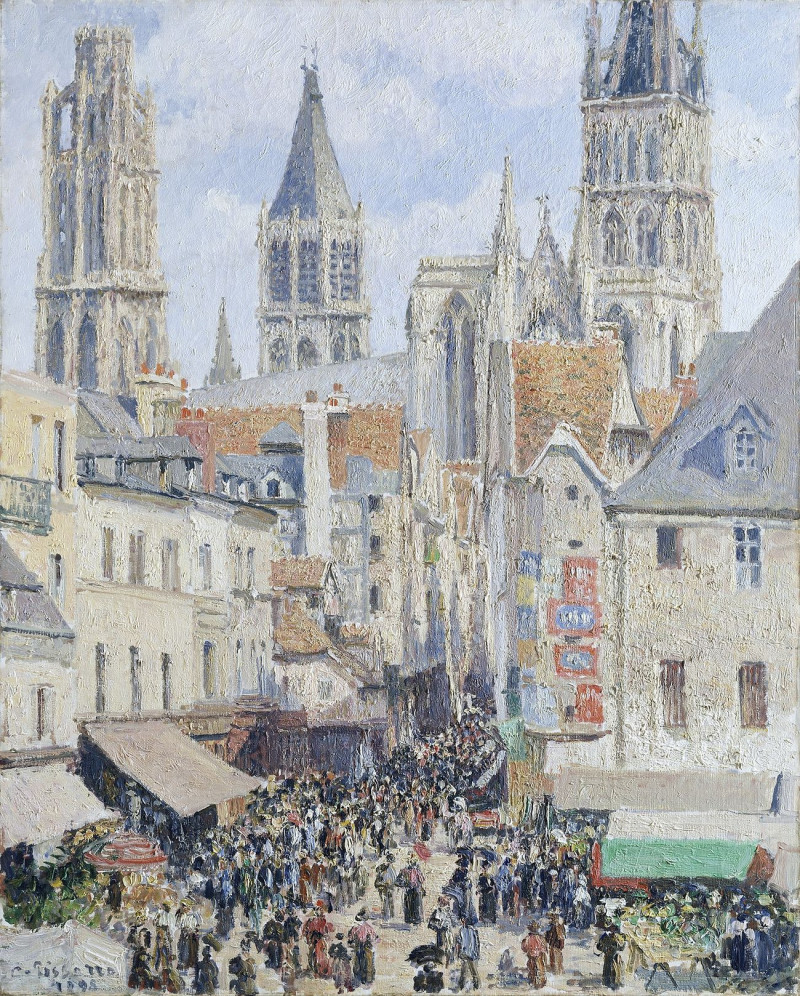Das Haus (1902)
Technique: Giclée quality print
Recommended by our customers
More about this artwork
This artwork by Edvard Munch, titled "Das Haus" from 1902, presents a compelling etching of a house scene. The image is rendered with a strong sense of atmosphere and texture, typical of Munch's work, emphasizing mood over precise detail.The composition features a large house centrally placed with its façade angled towards the viewer. The house itself has rectangular windows and a prominent, classical doorway, suggestive of a solid, well-established structure, possibly a home or public building. Surrounding the house are tall, slim trees and a dense, leafless tree on the left, adding a slightly eerie or desolate mood to the scene. Its naked branches seem to sway or twist, contributing to a feeling of movement or unrest.A curvaceous pathway, probably a driveway or a walk leads up to and around the house, creating a guide for the eye through the scene. The ground is marked with textures that might suggest grassy areas, paths, or shadows, subtly done but effective in adding depth and dimension to the flat image. The fence along the right side further frames the house, enhancing its prominence in the etching.In the sky, the texture is lighter but grainy, possibly indicating an overcast day or the onset of dusk, casting a subdued light over the scene.
Delivery
Returns
Edvard Munch (12 December 1863 – 23 January 1944) was a Norwegian painter. His best known work, The Scream (1893), has become one of Western art's most iconic images.
His childhood was overshadowed by illness, bereavement and the dread of inheriting a mental condition that ran in the family. Studying at the Royal School of Art and Design in Kristiania (today's Oslo), Munch began to live a bohemian life under the influence of the nihilist Hans Jæger, who urged him to paint his own emotional and psychological state ('soul painting'); from this emerged his distinctive style.

